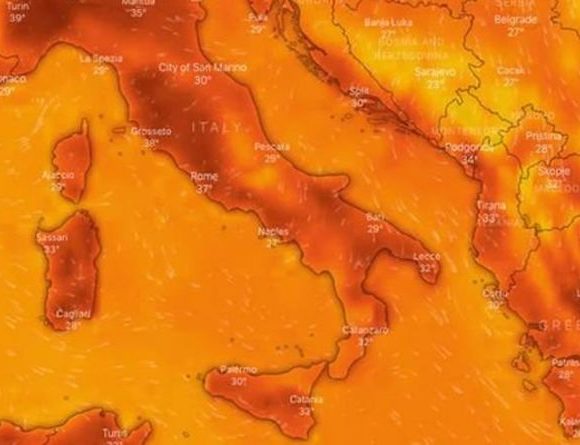
In hot and humid conditions at the US Open 2023, Daniil Medvedev secured his spot in the semi-finals by defeating Andrey Rublev, expressing concerns about the extreme weather. Despite apparent breathing difficulties, the third seed managed to beat his fellow Russian with a score of 6-4, 6-3, 6-4.
Medvedev, who won the 2021 US Open, is set to face Carlos Alcaraz next after the defending champion defeated Alexander Zverev 6-3, 6-2, 6-4. The semi-finals for both men will take place at Flushing Meadows on Friday.
The match between Medvedev and Rublev occurred under a partially closed roof due to a heatwave, with temperatures reaching around 35C. Both players struggled with the extreme conditions, taking extended breaks between sets and using various methods to cool down.
Medvedev compared the conditions to the challenging weather he experienced during the Tokyo Olympics in 2021 and emphasized that both players were affected. Rublev, who has yet to reach a major semi-final, was a break up early in each set, but Medvedev managed to shift the momentum each time.
Medvedev secured the victory and the semi-final spot despite facing challenges with his breathing, using an inhaler, and taking medical timeouts. He highlighted the resilience of both players, acknowledging Rublev’s determination never to give up.
In another semi-final match, last year’s champion, Carlos Alcaraz, and Novak Djokovic are expected to compete for a place in the final. Djokovic, aiming for his 24th major title, will face young American Ben Shelton in the first match. Both Alcaraz and Djokovic are considered strong contenders for the championship.
Picture Courtesy: Google/images are subject to copyright



